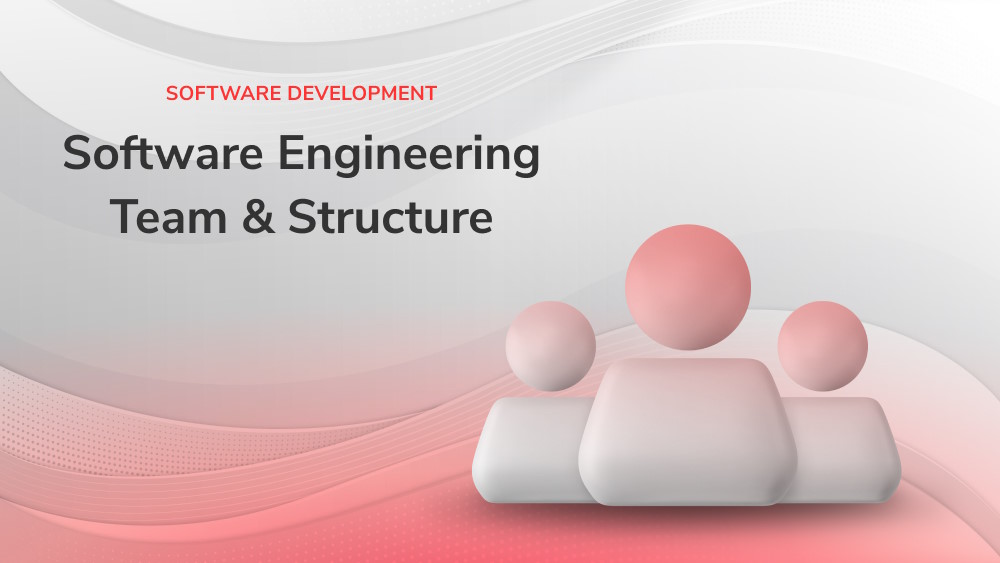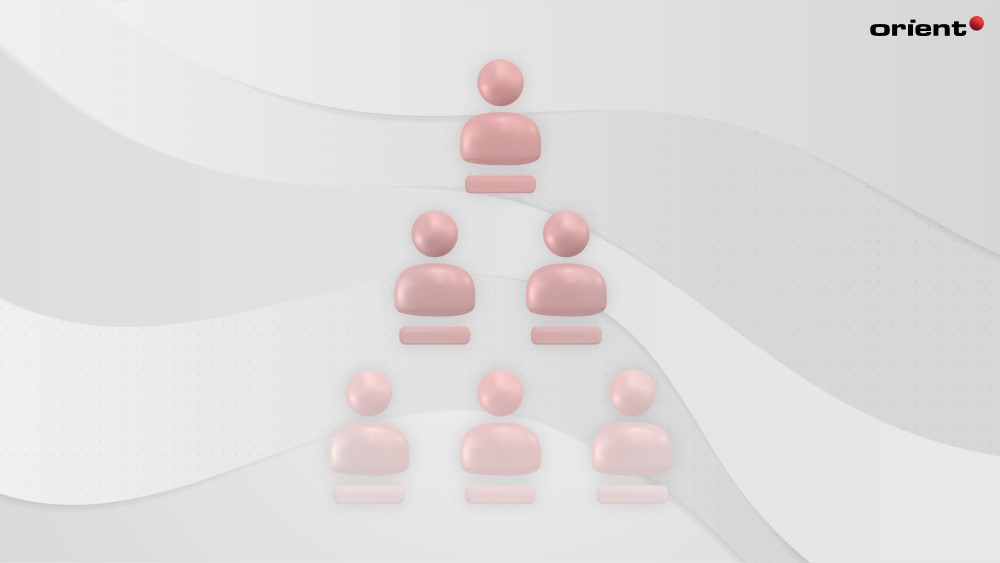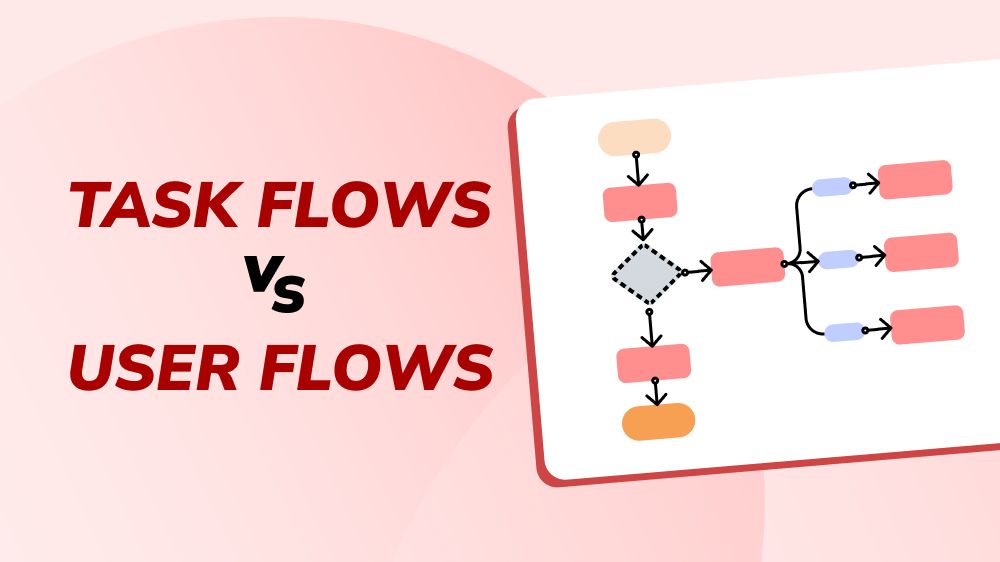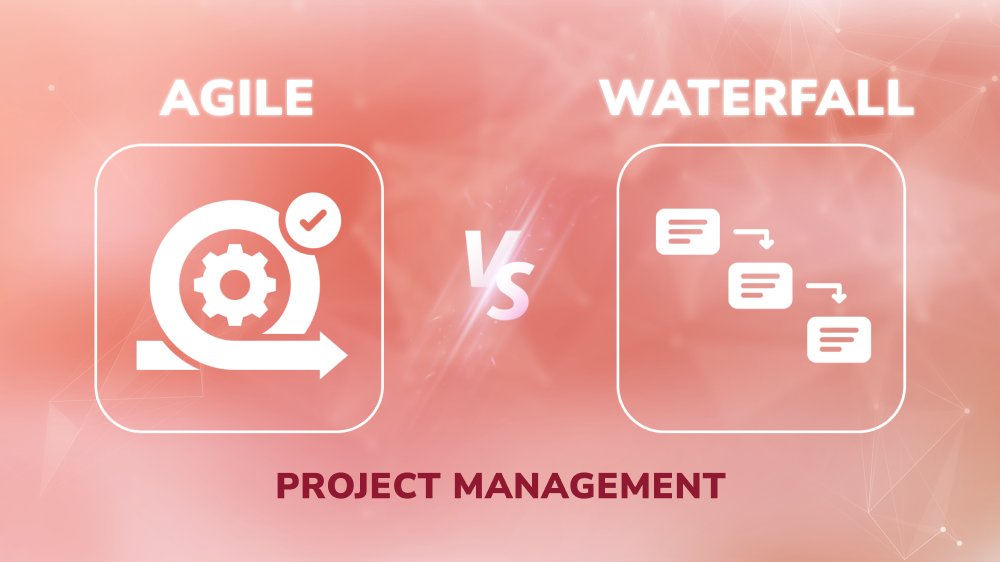Organizational Structure in Software Engineering

Content Map
More chaptersAre you hiring a software development team to build a product for your startup, company, or organization?
If so, you should learn about the organizational structure of your software developers. Why? Because the way that your development team works together can have a serious impact on the success of your project.
This is everything that you should and need to know about organizational structure in software engineering.
What is Organizational Structure?

Organizational structure refers to how teams are formed and managed in a company. It determines the project management methodology, such as the type of teams formed and the roles and responsibilities of each team member. It also determines the team’s shared goals and objectives and how they will communicate with other teams contributing to the same project.
For decades, there have been many types of organizational structures. In the past, a software development team was based on their function. This meant people who specialized in one discipline would be in team X, and people who specialized in another discipline would be in team Y. Traditional organizational structures had their limitations, though.
Traditional vs. Modern Organizational Structures
While traditional structures, like function-based teams, allowed people to focus on their preferred discipline, it led to siloed thinking. People would only focus on their own domain, with little regard for the bigger picture. And there was a high communication barrier between teams, resulting in miscommunication and disputes.
Today’s organizational structures are more versatile than ever. They allow teams to share responsibility, perform cross-functional tasks, adapt to personnel changes, and better understand how their contributions fit into the grand scheme of a product.
Most importantly, modern organizational structures are better at scalability. They enable a team of 100+ people to function just as well as when that team was half the size. The structure doesn’t break when the team grows.
Types of Software Engineering Organizational Structure

Below is a breakdown of the most prevalent organizational structures in software engineering today. It is worth noting that while most agile teams use one of these structures during the development process, they may also modify them to suit their unique requirements.
Matrix Teams
With a matrix organizational structure, teams are still categorized by function. However, the difference is that a software developer from each team is chosen to form a second team.
The result is a multi-disciplined team, one that lets each other know what each department is doing, where they are heading, and when they can expect to get there. This helps reduce siloed thinking and lower the communication barrier. It creates a platform where different people from different disciplines can gather together to share ideas and solve a wide array of problems.
The main downside to matrix teams is multiple reporting obligations. Some people will have to report to two different leaders. And if there’s misalignment, then those people may be pulled in different directions, resulting in dysfunction. For this reason, product teams are becoming incredibly popular.
Product Teams
Product teams have a unique organizational structure. They are made up of software development teams divided into product or service lines.
For example, team X could be the mobile app development team, and team Y could be the web app development team. This is in contrast to a functional organizational structure, where team X would be the front-end development team, and team Y would be the back-end development team.
The difference is that product teams specialize in the products they deliver, not the technology they use.
This organizational structure type is effective for two reasons. One, each team has only one leader, so there are lower reporting obligations. And secondly, each product team operates independently, making it easy to monitor performance across cross-functional teams. Siloed thinking is also eliminated by having product team leaders meet frequently.
How to Choose the Right Software Engineering Team and Structure

As the client, you are not expected to know everything about the organizational structure of your software engineering team.
However, you should at least know what type of organizational structure the team uses. They should be capable of explaining why they use that structure and how it benefits their workflow. This will be easier for you to compare and select the right team for your project.
These are a few factors you should or even must consider when assessing the software development team structure:
Ask About Their Organizational Structure
When meeting a software development team for the first time, ask about their company culture and approach to structure.
Don’t just ask what type of organizational structure they use. Ask them how often they review it, how they identify (and rectify) structural-related issues, and how they monitor performance across all departments. If the organization is serious about making its organizational structure work, then it should be reviewing it often.
Also, ask what happens when people leave or switch teams. They should have a system where replacement staff can jump in quickly and get up to speed with the rest of the team. This shows that the team can adapt to change, which is great for software development, where last-minute changes are common.
Know the Key Decision Makers
You should know who the key decision-makers are within your software development team. Why? Simply because these are the ones that you will be communicating with the most.
Accordingly, it is vital that you talk to the people who will take on board your ideas and feedback and then share that information with other team members so they can action your requests.
Always note that there may be more than one decision-maker, which is fine. Just be sure that your voice is being heard and that your creative vision and business requirements are being met. Thanks to this, you shall have a much easier time communicating with the team, and you will get the most out of the collaborative business processes.
Be Open to Flexibility
Today’s organizational structures are very flexible. Most companies do not choose a set template and just go with it. They review many aspects of their business – i.e., team size, number of departments, number of products and services, type of industry – and then modify an existing model to suit their needs.
Consequently, it is valuable to maintain an open mind. Understand that different companies take different approaches to organizational structure for very good reasons. What matters is that the structure a company uses works and that they put in the effort to keep it working.
That is the hallmark of a forward-thinking company. And it is the type of company that you ideally want to partner with, as their success could be your success, too.
Embracing Organizational Structure for Good
The organizational structure of your software engineers is possible to actually make or break the success of your entire project.
According to research by the workplace consulting and global research firm Gallup, 31 percent of employees in a matrixed organization are engaged with their work, while 34 percent of employees in a super matrixed organization are engaged with their work.
Meanwhile, only 28 percent of employees in a non-matrixed organization are engaged with their work. Therefore, employees who work in multiple teams and who report to more than one project manager are likely to be more productive.
Working with a software development team that takes organizational structure seriously can really help out. They will have clearly defined roles and responsibilities that align with your goals. They will be better set to adapt to change and overcome challenges. And you rest assured that your project is on the right track.
At Orient Software, we are capable of assembling and delivering a dedicated development team that caters to your organizational structure and business objectives. You only need to do is to consult with our experts. In addition to IT staff augmentation and tech team assembly services, we provide you with a broad range of IT outsourcing services that help make your project a success. What are you waiting for? Contact us now!







